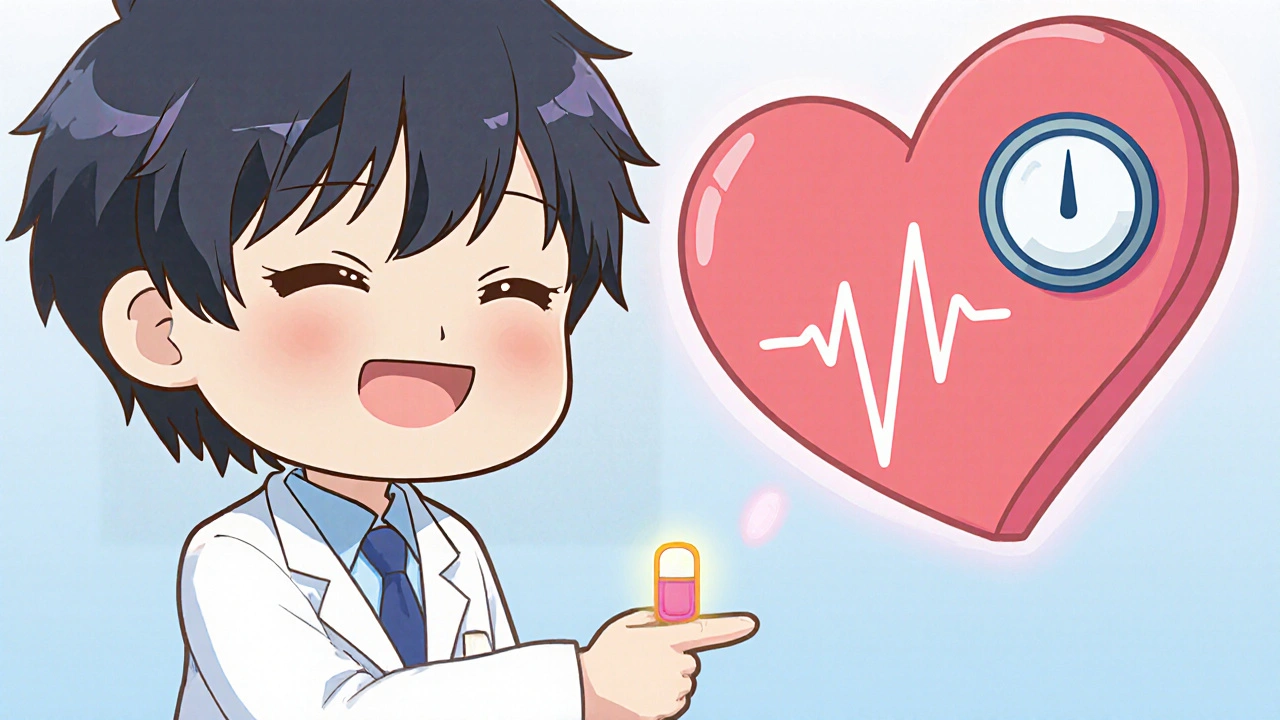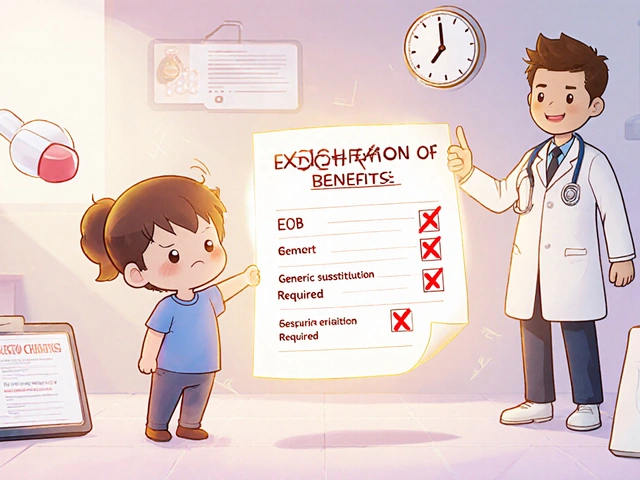Postural Orthostatic Tachycardia Syndrome (POTS) – What You Need to Know
When working with postural orthostatic tachycardia syndrome, a form of dysautonomia where heart rate spikes on standing and causes light‑headedness, fatigue, and brain fog. Also known as POTS, it affects the body’s ability to regulate blood pressure and circulation when you move upright.
How the Autonomic Nervous System Drives POTS
The autonomic nervous system, the network that controls heart rate, blood vessel tone, and sweat production is at the core of POTS. When this system misfires, the heart compensates by beating faster to keep blood flowing to the brain. This relationship creates the classic symptom trio: rapid pulse, dizziness, and exercise intolerance. Understanding this link helps you target the right therapies, whether lifestyle tweaks or medication.
Orthostatic intolerance, the umbrella term for conditions that cause symptoms upon standing includes POTS as a specific subtype. While many people think of fainting, orthostatic intolerance actually spans a spectrum from mild light‑headedness to severe fatigue. Recognizing where POTS fits on that spectrum guides both diagnosis and treatment planning.
Tilt table test, a clinical procedure that monitors heart rate and blood pressure while the patient is tilted upright is the gold‑standard tool for confirming POTS. The test captures the exact point where heart rate jumps 30 beats per minute (or reaches 120 bpm) within ten minutes of standing. A positive result solidifies the diagnosis and helps clinicians decide which interventions will work best.
Managing POTS is a multi‑step process. First, proper hydration and electrolyte balance blunt the heart’s over‑reaction by expanding blood volume. Next, compression garments apply gentle pressure to the legs, reducing blood pooling. Finally, targeted medications—such as low‑dose beta‑blockers, fludrocortisone, or midodrine—address specific physiological gaps. Each element tackles a different attribute of the condition, creating a balanced approach.
Our collection of articles dives deep into the meds and lifestyle fixes that often accompany POTS care. You’ll find practical guides on beta‑blocker dosing, safety tips for fludrocortisone, and real‑world comparisons of blood pressure drugs that can double as POTS treatments. Whether you’re looking for dosage charts, side‑effect profiles, or cost‑saving advice, the resources below cover the full spectrum of options.
Ready to explore those insights? Below you’ll find a curated list of articles that break down the science, share clinician tips, and offer step‑by‑step guidance for living with postural orthostatic tachycardia syndrome. Dive in to discover how each piece fits into the bigger picture of diagnosis, treatment, and everyday management.
Ivabradine for POTS: How This Heart‑Rate Drug Helps Postural Orthostatic Tachycardia

Explore how ivabradine works, its evidence for treating POTS, dosage tips, safety, and comparison with other therapies in this detailed guide.
read more



